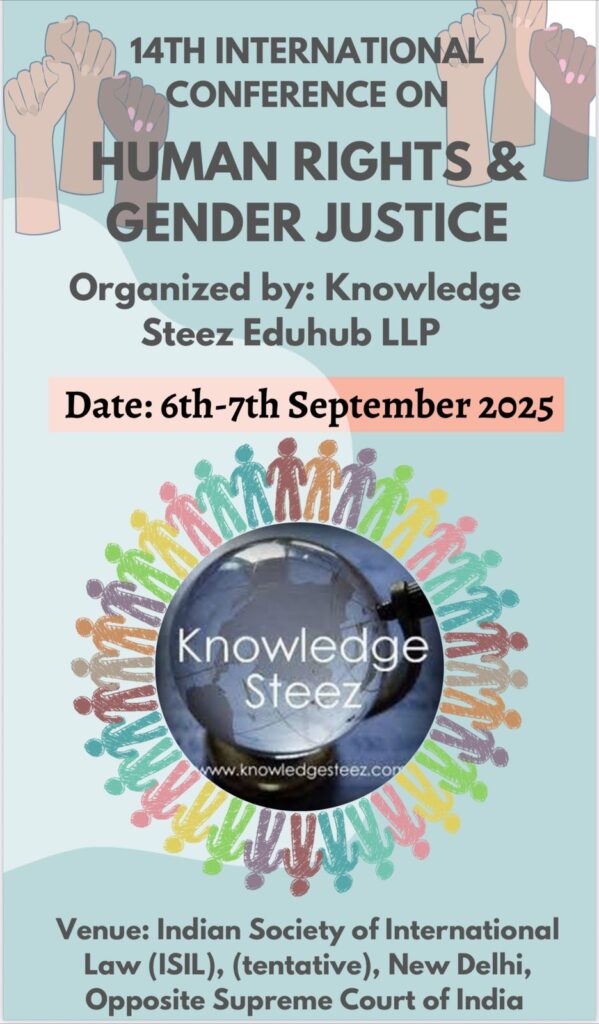Introduction
In today’s world, where financial troubles and environmental degradation are at the forefront of global concerns, a new approach known as green insolvency emerges. With traditional methods of restructuring proving insufficient, the Insolvency and Bankruptcy Code (IBC) steps forward to tackle not only financial challenges but also environmental responsibilities. The concept of green insolvency entails integrating environmental considerations and sustainability principles into the processes of insolvency and restructuring. The IBC plays a vital role in providing a legal framework for resolving and restructuring financially distressed companies. In recent years, there has been an increasing recognition of the importance of addressing environmental issues and promoting sustainable practices within the corporate landscape. Under the IBC , environmental authorities are treated as operational creditors but the process of claims does not directly apply to the insolvency resolution process. Operational creditors are entitled to either the liquidation value of their debt or the amount that would have been paid under the resolution plan. Environmental claims, often involving unliquidated damages or penalties, pose challenges in quantification. Recent court rulings highlight difficulties in admitting environmental claims at nominal values.
Environmental Considerations in Insolvency and Restructuring:
Normally insolvency and restructuring processes focused on financial aspects often overlooking environmental impacts . However with the increars importance of environmental sustainability there is a need to include environmental consideration into these processes. Green insolvency emphasises the assessment and mitigation of environmental risks, the promotion of environmentally friendly practices, and the alignment of restructuring outcomes with sustainability goals.
The IBC provides a strong legal framework for the resolution and restructuring of financially troubled companies in India. It offers a time bound and structured process to maximise the value of troubled assets and facilitate the revival or liquidation of business. The IBC primarily focuses on financial aspects, its provisions can be leveraged to promote sustainable outcomes and environmentally responsible restructuring.
Under the Insolvency and Bankruptcy Code (IBC), environmental claims face the waterfall mechanism, differentiating between secured and unsecured creditors. Unsecured creditors, including environmental claimants, may receive funds equivalent to what they would receive in liquidation. However, environmental claims often fall under contingent or decree holders, classified as low-priority unsecured creditors. These claims can be extinguished through resolution plans, potentially sidelining environmental concerns. Harmonising the IBC with other frameworks is crucial to address social and environmental issues holistically. Exploring solutions within insurance law, such as India’s Public Liability Insurance (PLI) Act, may offer a way forward. Balancing insolvency policy and environmental laws remains a challenge, highlighting the need for comprehensive and inclusive policy formulation.
Benefits of Green Insolvency under the IBC:
There are various advantages to incorporating environmental factors into bankruptcy and restructuring procedures. Firstly it makes it easier to investigate and minimise environmental hazards connected with financially troubled enterprises, thus reducing future environmental damage. Second, it promotes the use of environmentally friendly practices and technology, resulting in a greener and more socially responsible corporate landscape. Furthermore, by integrating environmental experts and stakeholders in decision-making processes, it encourages transparency and stakeholder participation. Finally, it addresses the goals of financial recovery with environmental sustainability, resulting in a win-win scenario for both the firm and the environment.
The evolution of green insolvency within the framework of the Insolvency and Bankruptcy Code (IBC) signifies an important step towards addressing the intertwined challenges of financial distress and environmental sustainability. By including environmental considerations into insolvency and restructuring processes, we pave the way for a greener, more socially responsible future. The IBC’s role in providing a legal framework for resolution and restructuring offers opportunities to maximise the value of distressed assets while promoting environmentally friendly practices. However, it is crucial to address the complexities surrounding environmental claims and strike a balance between financial recovery and environmental responsibility. Harmonising the IBC with other social frameworks, exploring solutions within insurance law, and engaging in holistic policy formulation are necessary to navigate the intricate intersection of insolvency, environmental concerns, and broader societal goals. By doing so, we can strive towards a world where financial viability, sustainability, and social well-being coexist harmoniously, ensuring a brighter and more resilient future for generations to come.
Ayushi Singh
4th year BBA LLB
Galgotias University
Reference:-
● https://blogs.law.ox.ac.uk/oblb/blog-post/2023/05/environmental-claims-insolvency-india
● https://www.legal500.com/c/india/restructuring-and-insolvency/
● https://sustainability.hapres.com/htmls/JSR_1212_Detail.html









